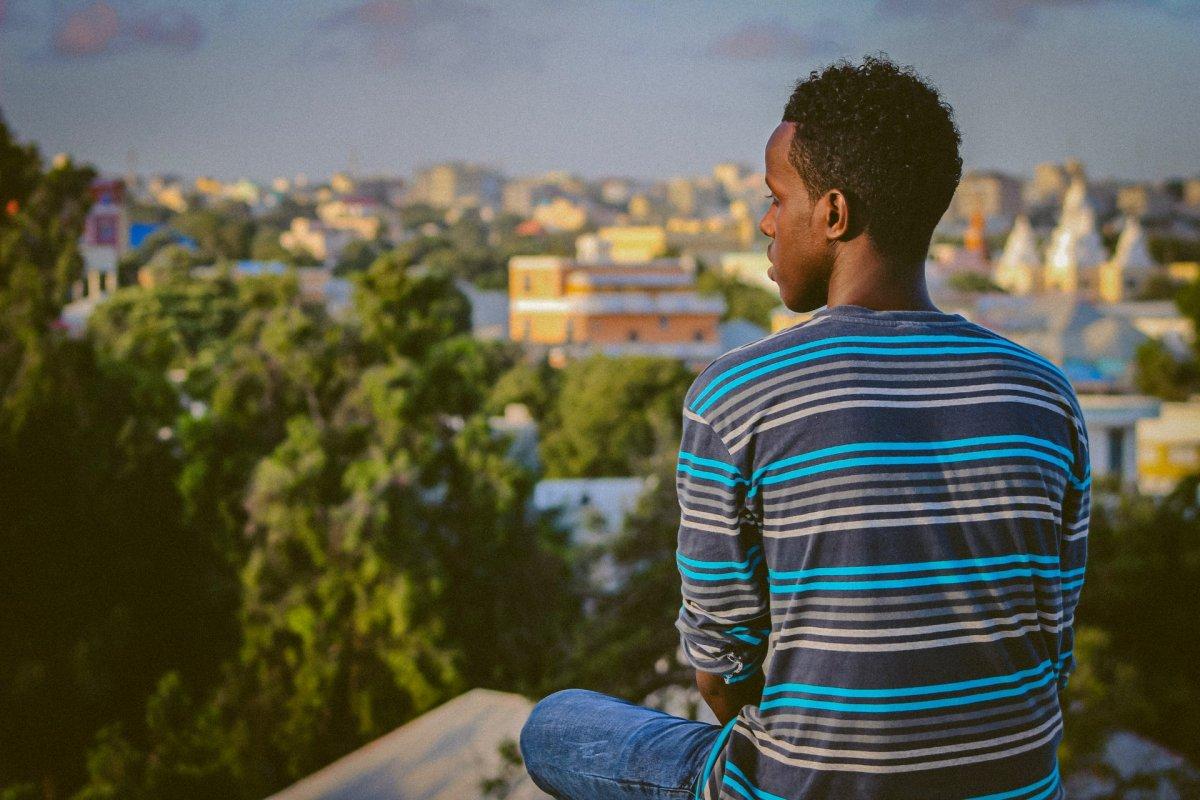25 Thailand Education Facts (all about Thailand school system)
Did you know that there is a huge lack of teachers in Thai schools? Or that any child in Thailand benefits from 15 years of free education?
Discover everything through these 25 interesting Thailand education facts! 🇹🇭 🎓
The Best Facts About School in Thailand
Thailand was previously known as Siam. It is in the middle of the Indochinese Peninsula, and it is bordered by Myanmar, Laos, Cambodia, and Malaysia. Its capital city is Bangkok, which has more than 8,305,000 inhabitants (but more than 14,626,000 if you include the metropolitan area!).
An interesting part of the country that I wanted to tackle is its education. In light of that, I have listed my 25 best facts about the Thailand school, and I hope you will love them:
1. While the Thai government tries, schools just fail to succeed compared to other countries
This is quite rare, but even though the Thai government largely invests in its public education… the country fails to compete with others.
Literacy is quite high, but achievement rates remain very low. For many, this is due to governmental bias.
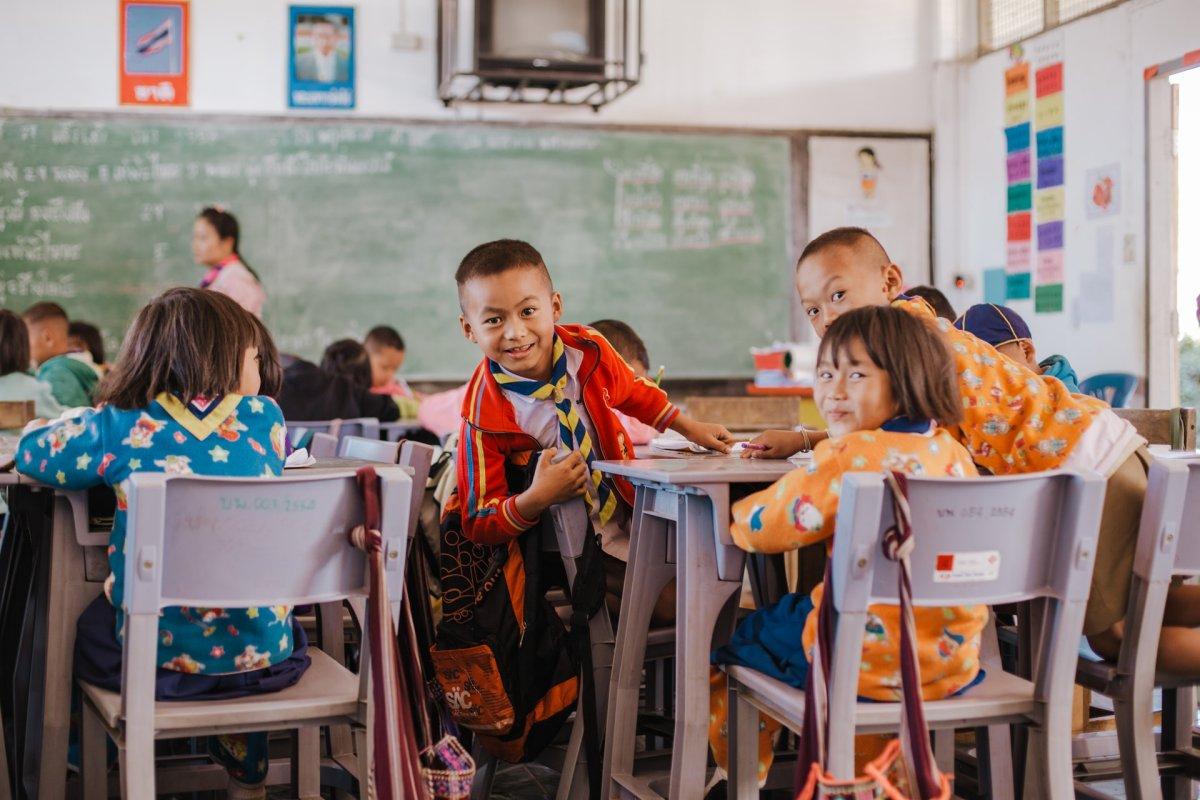
2. More and more Thai schools have been accessible over the past decades
Over the past 20 years, access to education has only been getting better and better in Thailand.
Thai children are guaranteed an education thanks to the 1999 Education Act, and this was extended to other children living in Thailand in 2005.
3. Free education lasts for 15 years in Thailand
Before 2009, education was free for 12 years in Thailand.
Since then, it was decided it would be free for 15 years instead, and enrollment rates have thus gone up steadily. In only 9 years, primary schools welcomed 9% more students, and this number even goes up to 17% for secondary education.
4. Thai students have everything to succeed but fail to do so
Access to education is universal in Thailand, and the literacy rate is very high.
Nevertheless, on the 2014 PISA tests, the country only ranked 35th out of 40 countries, scoring well below the global average. Other reports and tests, from other organizations, confirm this.
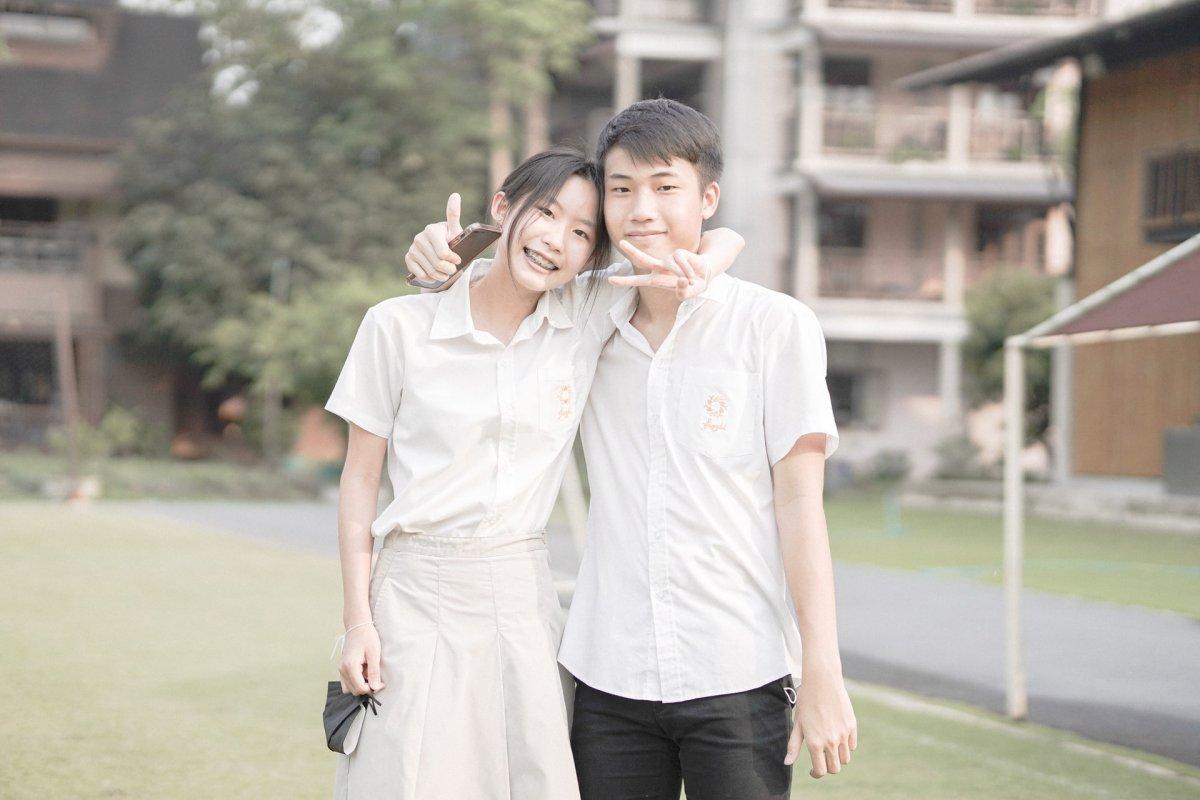
5. The Thai government spends the major part of its budget on education
When the Thai government tries to improve its education, it really does a lot.
In 2015, it spent 19.35 percent of its yearly budget on education… which is more than anything else. While some education systems struggle simply because their government does not help them, this is far from being the case in Thailand.
6. Funds are very poorly divided in Thailand
The major reason why so many Thai schools fail is probably because of the division of funds.
Even though the government spends a large amount of its budget on education, it mostly directs it towards schools that already succeed, and gives less to small and rural schools.
7. Depending on the areas in the country, Thai schools work very differently
Urban and prestigious Thai schools work quite well.
However, rural schools located in poor areas often have to make tough choices and be very careful about their resources. For instance, one teacher will often have to teach multiple grades and subjects.
8. The situation is quite dire for rural schools in Thailand
Because of all the previous facts, rural schools struggle a lot to provide their students with quality education.
City schools can improve over time, adapt their teaching methods, and build new facilities, while poor schools cannot do much. Students in urban areas show high rates of improvement, while rural ones only stagnate.
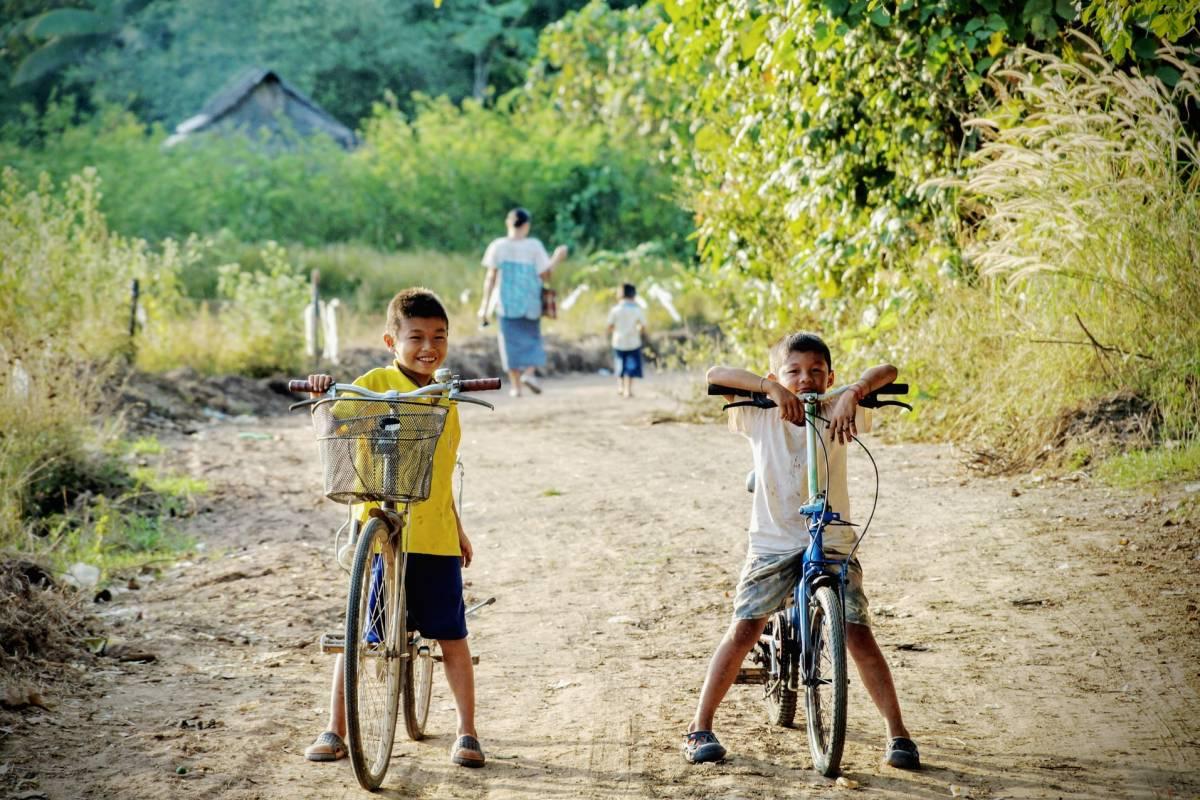
9. The Thai curriculum is decades old and holds back lots of schools and their students
Another reason why Thai students have disappointing results is the national curriculum.
The current one dates back to 2009, and back then it was only a slight variation from the 2001’s. As you can see, Thai education as a whole is stuck in an old system.
10. The old-style curriculum is actually a huge problem for the future of Thailand
Not only does the old curriculum disservice every school, urban and rural, but it can also be a major issue for the upcoming years and decades.
If nothing changes, there will definitely be economic problems: the curriculum is based on outdated industries and skills.
11. Other schools like tutor schools have emerged over the past few years in Thailand
Because of the lack of results, and the poor division of funds, many Thai people do not trust their public education system.
They choose tutor schools for their children: this tendency has been on the rise in the past few years.
12. Many Thai people still fight for public education
The Thai public education system is not really good, you already know that.
While some people opt for other options, poor families simply do not have other choices. Many still fight for better public education, in hopes to change their country’s future.
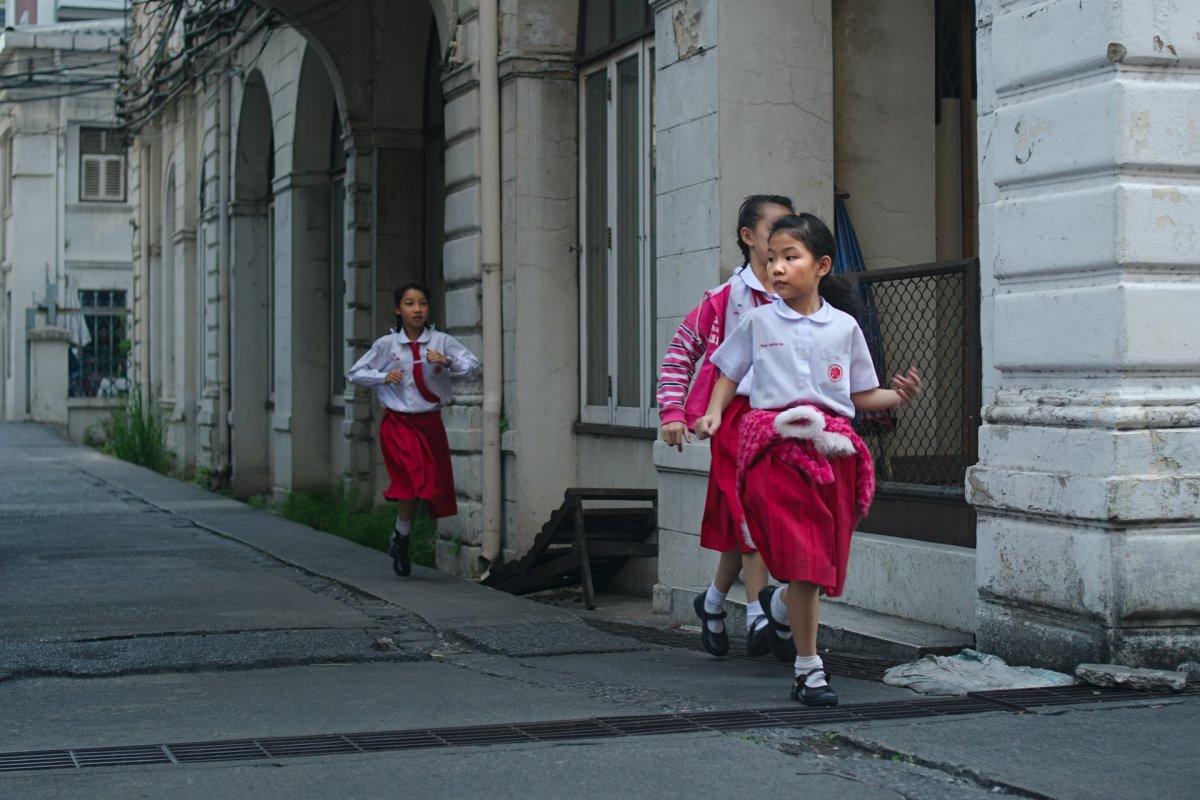
13. The Thai student population is rapidly declining
Generally speaking, Thailand’s population is one of the world’s most quickly aging societies.
Because of this, there is a huge decline in the student population. Considering the quality of its public education system and the competition from other international universities, Thai higher education institutions are seriously threatened.
14. Experts think three-quarters of Thai higher education institutions will close in the next ten years
The situation is very, very dire for Thai tertiary education. So much in fact that some experts even think that up to 75 percent of higher education institutions will have to close in the next decade.
Thailand needs to change its education system, and it needs to do it quickly.
15. Primary school attendance is good in Thailand
Despite everything that is going wrong in Thailand’s public education system, there is still around 95 percent of primary school-aged children that attend school.
A glimmer of hope for a country that struggles to rebuild its curriculum: primary school is where it all starts, and where everything could change.
16. In Thai secondary school, enrollment rates start to drop
Primary school enrollment rates are very good, but when it comes to secondary education, they start to drop (from 95 to 86 percent).
This is mostly because these children come from disadvantaged communities, or have disabilities. Also, some families cannot afford the extra costs of education like transportation.
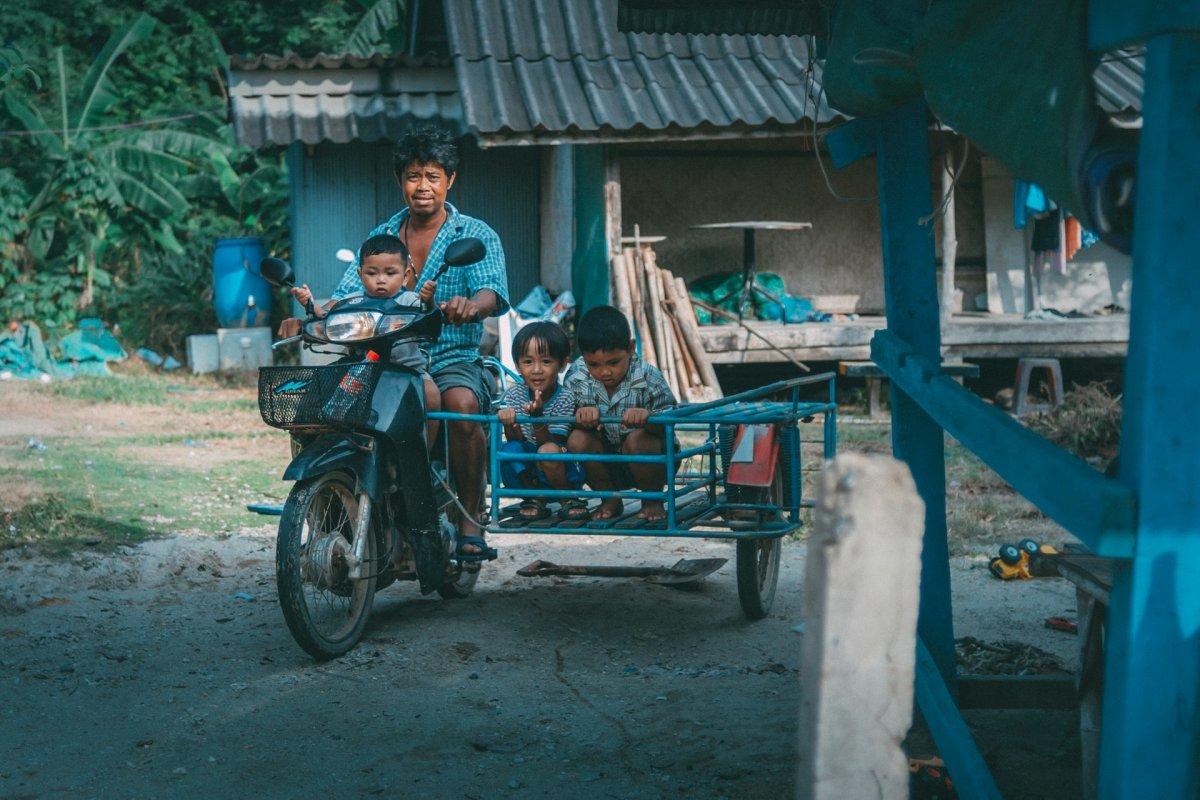
17. Every child living in Thailand has the right to receive 15 years of education
Since 2005, every child living in Thailand can receive 15 years of education, no matter their nationality, and no matter their social background.
It consists of 3 years of pre-primary schooling, followed by 12 years of basic education.
18. Problems start to show already in Thai primary schools
You might think of secondary and perhaps tertiary education as the problems for Thailand, but poor learning outcomes start to show up in primary school: 12 percent of children do not have a minimum proficiency level in mathematics at the end of primary education.
19. 12 years of Thai basic schooling are actually equivalent to 8.6 years
This is probably the most eloquent way to show how inefficient the Thai public education system is: according to The World Bank, 12 years of basic education is actually equivalent to 8.6 years.
This is due to small rural schools with no resources.
20. Political repression did not help Thailand school system at all
Historically, there has always been political instability in Thailand: the country’s traditional politics are in constant conflict with the rural population majority.
This limits academic freedom, and the multiple military coups really hurt the development of education in the country. Media and free speech are all censored.
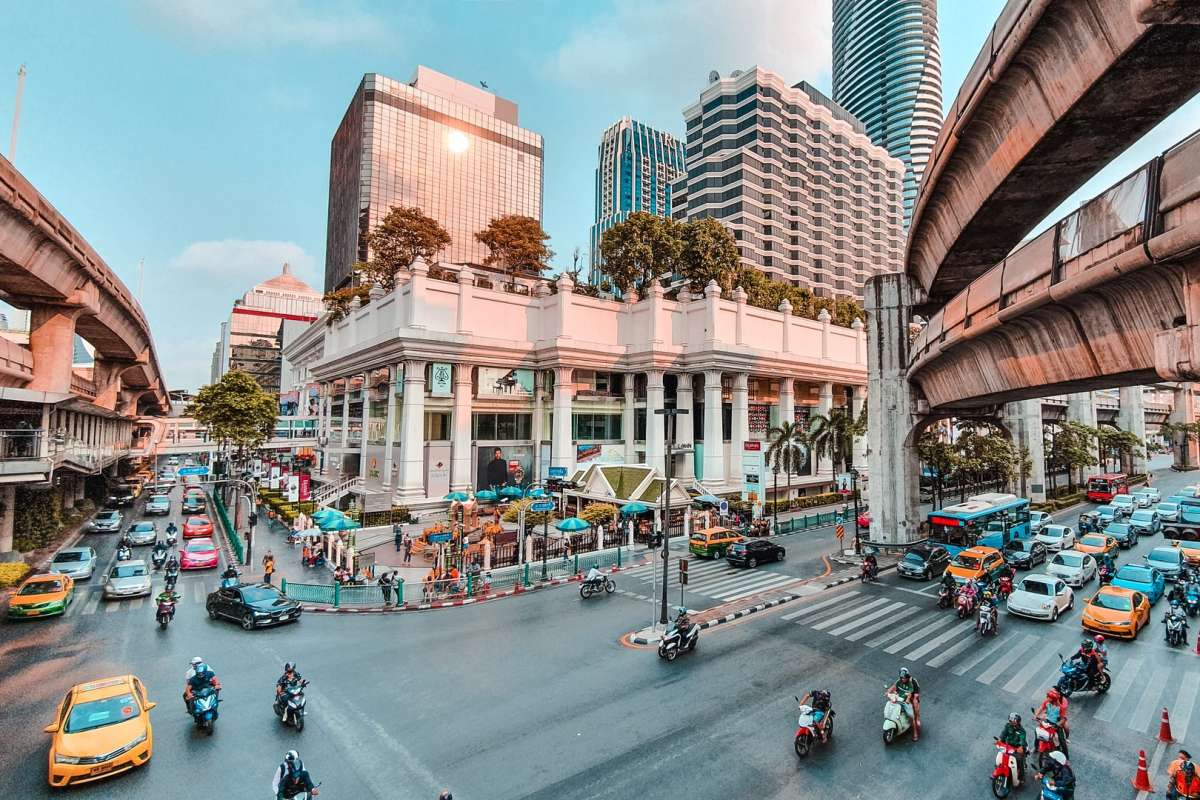
21. There is a drastic shortage of teachers in small schools in Thailand
As you know, Thailand’s population is rapidly aging.
Because of this, student populations are decreasing, and there are not enough teachers. Not only that but they are not qualified. Thailand’s poorest kids simply do not receive a quality education.
22. The discrepancies between urban and rural Thai schools are dramatic
You already know that there is a difference between urban and rural areas, but it probably goes far beyond what you can imagine.
It was shown that students in rural areas are behind their urban counterparts… by more than a year of schooling!
23. Thai teachers’ training was recently improved
Fortunately, the Thai government is very aware of what is happening with its underqualified teachers. It provides online registration for teacher training courses, which increases access for teachers in rural areas.
It used to be centralized in selective areas, and only a handful of teachers could receive proper qualifications.
24. A nationwide plan was recently launched in Thailand in hopes to solve school-related issues
Recently, Thailand’s Office of Basic Education launched a plan in hopes to consolidate at least half of the small (and under-resourced) schools in the country.
This plan is for around 11,000 small schools, but 2,700 small schools will not be affected.
25. There is still a lot to do in Thailand
You now know everything about Thailand education system.
As you can see, there has been a lot of improvement, especially in expanding access to basic education. However, the quality of education remains an enormous issue, and disparities between urban and rural areas still need to be solved as quickly as possible.
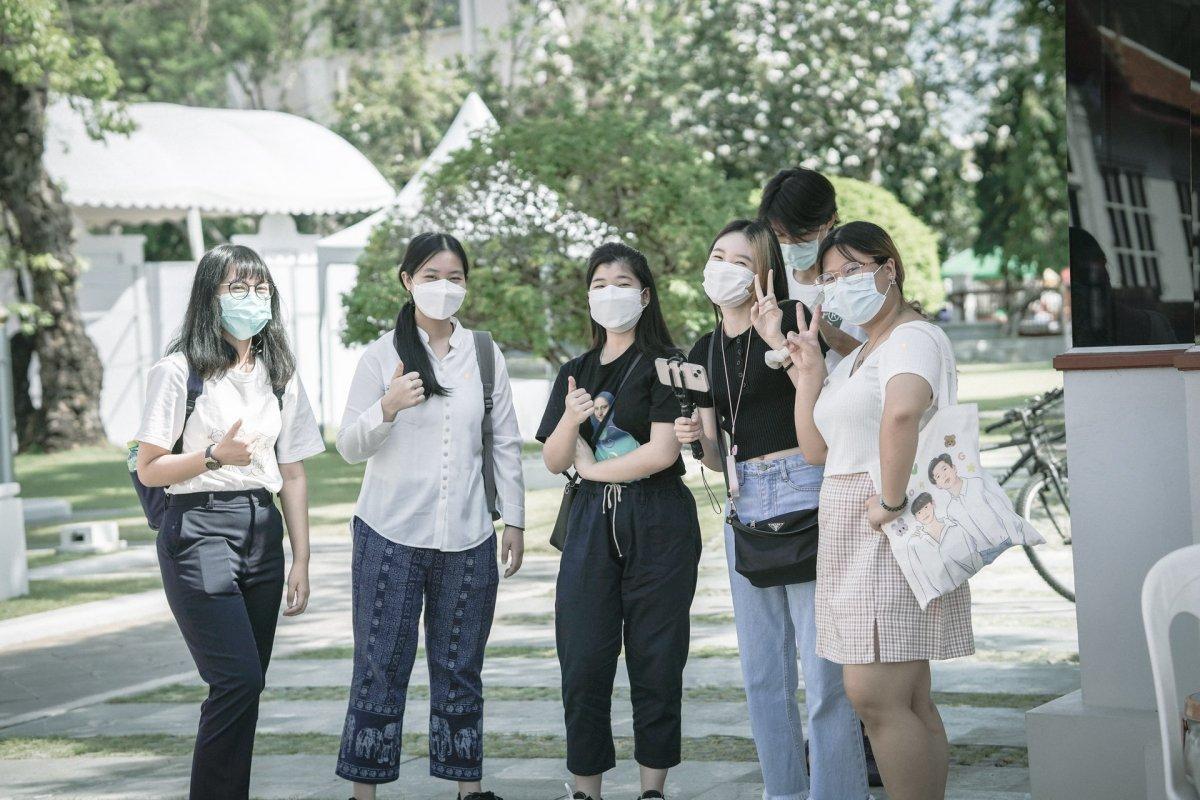
So there you have them, these were all my 25 interesting facts about Thai education. I hope you enjoyed them and that you learned something new today.
In case you want to learn more about the rest of the country, feel free to keep reading, as I still have lots of things to tell you about:
Thai School Hours
Let’s keep going with our next part, dedicated to Thai school hours. The typical school schedule in one country can often be very different from your own, and it’s always interesting to have more details on how students go on about their day.
Thailand Primary School Schedule
When it comes to primary education in Thailand, the school year consists of 2 terms: from early May to late September, and from mid-October to late February.
Children can also enjoy some public holidays throughout the year.
The Thai primary school day typically runs from 8 AM to 4 PM, but each school can choose its own hours.
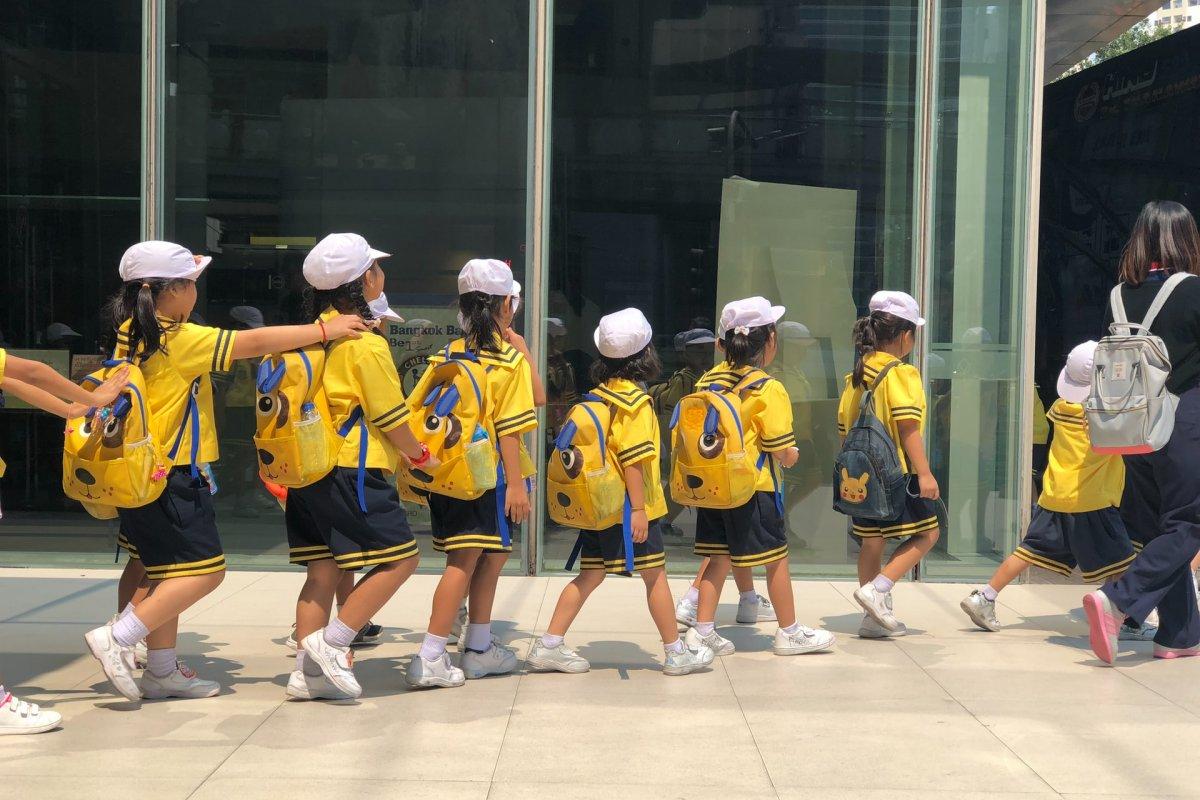
Thai High School Schedule
Secondary education in Thailand is for students aged 12 to 18.
It is split into lower and upper secondary education, and only the lower level is compulsory. After that, in high school in Thailand, students can choose between vocational and academic paths.
The main subjects that are studied in secondary education are Thai language, mathematics, technology and foreign languages, among others.
General Facts About Schooling in Thailand
This last part is dedicated to general facts about schooling in Thailand. More specifically, we’ll check 2 key figures that will give you a better understanding of the education level in Thailand.
Enrollment in tertiary education for Thailand: 51.38%
(Average for regions: Sub-Saharan Africa: 8.6% | South Asia: 20.8% | Arab States: 36.4% | East Asia: 36.5% | Latin America: 43.3% | Europe and Central Asia: 62% | North America: 84%)
Data from World Bank EdStats/UNESCO
Thailand literacy rate: 94%
(Average for regions: Sub-Saharan Africa: 65.3% | South Asia: 72.9% | Arab States: 79.4% | Latin America: 93.7% | East Asia: 95.8% | Europe and Central Asia: 98.5%)
Data from World Bank EdStats/UNESCO
More Education Facts!
Do you want even more education facts about other countries?
Check out these facts:
Or click here to see ALL the education facts up on the blog!
The Full List of 25 Thai School Facts
- While the Thai government tries, schools just fail to succeed compared to other countries
- More and more Thai schools have been accessible over the past decades
- Free education lasts for 15 years in Thailand
- Thai students have everything to succeed but fail to do so
- The Thai government spends the major part of its budget on education
- Funds are very poorly divided in Thailand
- Depending on the areas in the country, Thai schools work very differently
- The situation is quite dire for rural schools in Thailand
- The Thai curriculum is decades old and holds back lots of schools and their students
- The old-style curriculum is actually a huge problem for the future of Thailand
- Other schools like tutor schools have emerged over the past few years in Thailand
- Many Thai people still fight for public education
- The Thai student population is rapidly declining
- Experts think three-quarters of Thai higher education institutions will close in the next ten years
- Primary school attendance is good in Thailand
- In Thai secondary schools, enrollment rates start to drop
- Every child living in Thailand has the right to receive 15 years of education
- Problems start to show already in Thai primary schools
- 12 years of Thai basic schooling are actually equivalent to 8.6 years
- Political repression did not help Thailand’s education system at all
- There is a drastic shortage of teachers in small schools in Thailand
- The discrepancies between urban and rural Thai schools are dramatic
- Thai teachers’ training was recently improved
- A nationwide plan was recently launched in Thailand in hopes to solve school-related issues
- There is still a lot to do in Thailand
Share the knowledge! Click on the buttons below to share these Thai school facts with your friends, and help them learn more about the world 🙂

